A delicate settling of serenity will encase you as you walk the length of the Danube River in Budapest. From Liberty Bridge to Elizabeth Bridge, the lights, action and in-your-face beauty is undeniable.
Years of wrath and destruction had taken away Hungary’s individuality and characteristics as a country, but in the last decade this has been brought back in the form of pretty and picturesque landmarks. You will come across proud people who acknowledge their history and embrace a more open future, and an atmosphere filled with calm and collected individuals.
I stayed at HomePlus Hostel, less than a minute’s walk from the Danube, in a prime location to get around on-foot, tram and even passenger ferry. Here you’ll meet enthusiastic staff with adventurous travellers and a vast knowledge of Budapest. There’s also the free dinners three times a week and breakfast everyday which make them stand out from other hostels in the area.
First thing’s first, it’s pronounced Buda-PESH-t. Of course, it’s a hard thing to remember to pronounce differently, so don’t worry if you can’t. Budapest looks like it’s a land from fairytales, quite the opposite in fact of what it’s been through. The Danube River demands attention, it requires a watchful eye to appreciate every inch of its magnificence. The wonderment doesn’t just come from the river, solo the river is pretty, with both Buda and Pest on either side it is a flowing beacon of magic, lights and love.
There are two sides to Budapest and for me these couldn’t be any more different to one another. For a day of discovery, walking and only taking in sights head to Buda- you can walk over any of the bridges to get to either side. I started from Margaret Bridge (Margit Hid) to take in the full scope of Buda and all it has to offer. Walk along the riverside while following your map, it’s hard to believe you’d want anything else by your side other than the river. Don’t get too caught up that you miss your turning to walk deeper into Buda (take a right onto Pala Utca), catching a flight of heavily paved stairs and then turning right down the street to St Matthias Church.
If Budapest is a land from a fairytale then the Fisherman’s Bastion at the church is its mini princess castle. Coned pillars and cobbled stone walls fall together to create a magical building. Explore the well-kept bastion by walking up steep steps and winding in and out of window spaces. The view of Pest from the bastion is gorgeous and allows you to see down the river, until water and sky mix together to form a single layer of blue.
After you’ve visited the Fisherman’s Bastion and the Church, head back the way you came and continue walking alongside the river in order to see every bridge. Once at the Chain Bridge (a bridge you most definitely must see at night) head to the right, towards Buda Castle. The castle itself is in ruins but the walk up the hill is a treat and not as long as the walk you’ll be taking up Gellert Hill. If you continue past the Chain Bridge, towards Liberty Bridge you’ll be going towards Gellert Hill, one of the highest peaks in Hungary providing the best view of the city. This walk is a little trickier, but well-worth the out-of-breath state you will end up in. Don’t give up half way, as what’s at the top is truly awe-inspiring. Once you’ve had your fill of the city, don’t worry about the trip down because it’s nowhere near as strenuous.
Something you must see in Budapest is the view of Pest from across the river, with the Parliament building and other scenic architectural wonders lit up at night. You can even hire a river cruise to experience exactly this. If you’re on a budget then grab what resembles a water taxi for around 750 forint. This is a passenger ferry and comes at a regular schedule from morning to evening. You can go on-board by alighting at one of the specific docks by the river. Just make sure to double check the times (you can pay once on-board). Pest is a sparkling gem to look at as the world gets a little darker, each crevice illuminated for you to marvel at. This is a city you can fall in love with every time you open your eyes.
Once you’ve explored Buda, it’s time for the full octane culture hit of Pest. Here you’ll find that the entirety of Pest acts as a catalyst for adventure and nostalgia. Near the fun and laughter of ‘ruin bars’ you’ll find the Jewish Quarter and its buried souls from history. Next to every beautiful building is another gap-filling quick-build that was created to fill the destruction the war caused on Budapest. Here’s where you learn about the Hungarian Nazis, communism and the despondence this city survived.
There are many avenues in the world that have people striding along them without a second thought. Andrássy Avenue isn’t an easy one to ignore. It runs from the city centre to the city park, where you’ll then approach Hero’s Square. This avenue’s eclectic neo-renaissance palaces were hand-crafted by the most distinguished and revered architects of the time. This is one of the few avenues in Budapest where public transport was prohibited in order to preserve its beautifully constructed character. The world’s oldest metro line runs under Andrassy Avenue, called the M1. This metro line will also take you to Hero’s Square (Hősök tere). This Square was created at the end of the nineteenth century to commemorate the thousandth anniversary of the Magyar conquest of Hungary in 895.
At the centre of Heroes Square you will find the Millenium monument soaring high in the sky with a statue of the archangel Gabriel. Behind the column is a semi-circular colonnade with statues of famous men who made their mark on Hungarian history. These statues symbolise war, peace, work and welfare, knowledge and glory. Here you will also find the Museum of Fine Arts and Palace of Art. Once you pull yourself away from the magnificence of Heroes Square make your way through the arch and continue walking straight towards City Park.
You’ll pass a great ice skating rink that plays the latest mainstream music at night. A little further up you will find one of the biggest spas in Europe. Szechenyi Baths in Budapest is one of the world’s best thermal spas. Here you’ll discover life-enriching thermal water, hot springs perfect for a cold winter’s night and indoor pools with many amenities. If you book a day before you can also make time for a relaxing massage. I suggest buying a ticket with cabin usage for around 5000 forint. Afterwards, head to Oktogon and dine at one of the many restaurants along this eight-path intersection.
There are a few free tours available around Budapest so you can delve a little deeper into the past and present. Head to the Great Synagogue in the Jewish Quarter to pay your respects and witness for yourself the weeping willow tree. This man-made tree sits outside the Great Synagogue and has the names of those who were killed in the Holocaust and thereafter inscribed on the leaves. This is then cleared at the end of every year and new names are added. The construction may be beautiful in itself but you can’t help but mourn the lives lost; it gives you a great reality check- these things happened and not only that, but they didn’t even occur that long ago.
Near the Great Synagogue you will find a ‘fast-food’ place called KOLBice at 1075 Budapest, Dohány utca 5/a. Now, this is a joint you MUST go to. They’ve got quick and easy-to-go masterpieces. The custom-made cone-shaped bread can hold a filling of various grilled sausages with different toppings and sauces. You can literally grab-and-go but you’ll want to go back for more. I promise.
Hungarian food is very meat heavy and the Goulash soup is one of their known dishes. It’s a mix of all of the different meats combined into one! I managed to stumble upon a discreetly placed restaurant on the corner of a street in Pest, but I can’t recall the name at all. It was Tripadvisor Certified and an actual delight to dine at. The interior had a weaving staircase leading to the smaller upper floor. The servings were generous with even more generous prices. I had a pork soup starter, chicken and lemon main and two bottles of water for what calculated to be under £4. The price does not match the quality- every bite was a delight.
There are a few more things you shouldn’t leave for another visit. One of these is the House of Terror which takes you through centuries of the horror Hungarians have faced due to Nazis, communism and the aftermath of it all. I’d recommend leaving at least three hours for this in your day and if you can hire the audio guide then even better. If not, they hand out pages of information at each section.
If you’re feeling quite low after your morning or afternoon in the House of Terror then head to St Peter’s Basilica for what will be a beautiful sunset view. Here’s a panoramic view you can’t take your eyes off. As the orange and pink hues of the sky settle over Budapest, you’ll be able to take in all of its beauty. This is one of the highest points in the alluring city and a walk up to the top is most recommended. Make sure you double check the opening times as the tower is not always available for access.
Once the sun sets there’s always room for some more entertainment. Head to Budapest’s most popular ruin bar, Szimpla. Ruin bars have been built in Budapest’s old district neighbourhood which comprises of the old Jewish quarter – they were built in abandoned buildings and stores. The decay of World War II left space for an underground bar scene to develop. If you’re heading to Szimpla, the mother of all ruin bars, then take along a permanent marker because you have permission to write on the walls. The décor within is eclectic, hip and as far away from demure as you can possibly get.
Another thing to sample at night is the view of the grand Parliament building lit up against the river. Take an afternoon trip to the Great Market Hall and shop for unique goods and groceries, then walk back along the river once night has settled. The city of Budapest is pretty, pretty and pretty, so pretty that you may walk into statues of dogs if you don’t keep an eye on the path. The trams and metro are easy to jump on and get to places, but walking the city will help you experience with a whole new perspective.
Pest is at the epitome of Hungary’s sociality, security and everyday culture while Buda is laced over with seduction and barefaced beauty. Together they have fought through years of repression and oppression to be this enticing, sparkling city of lights.


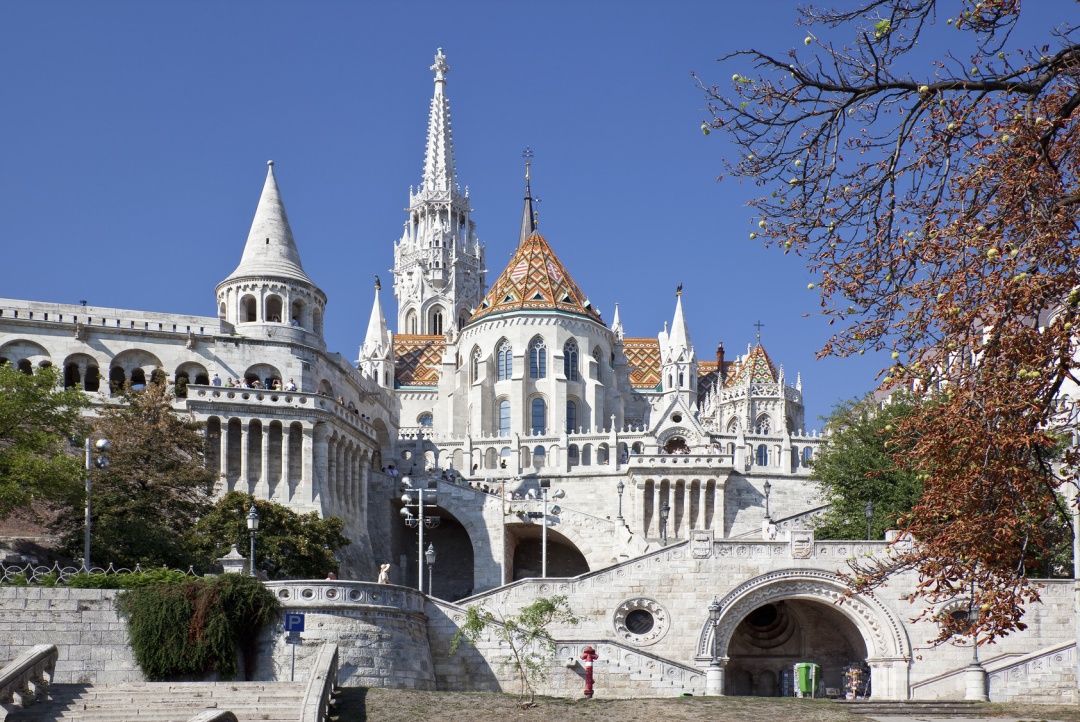
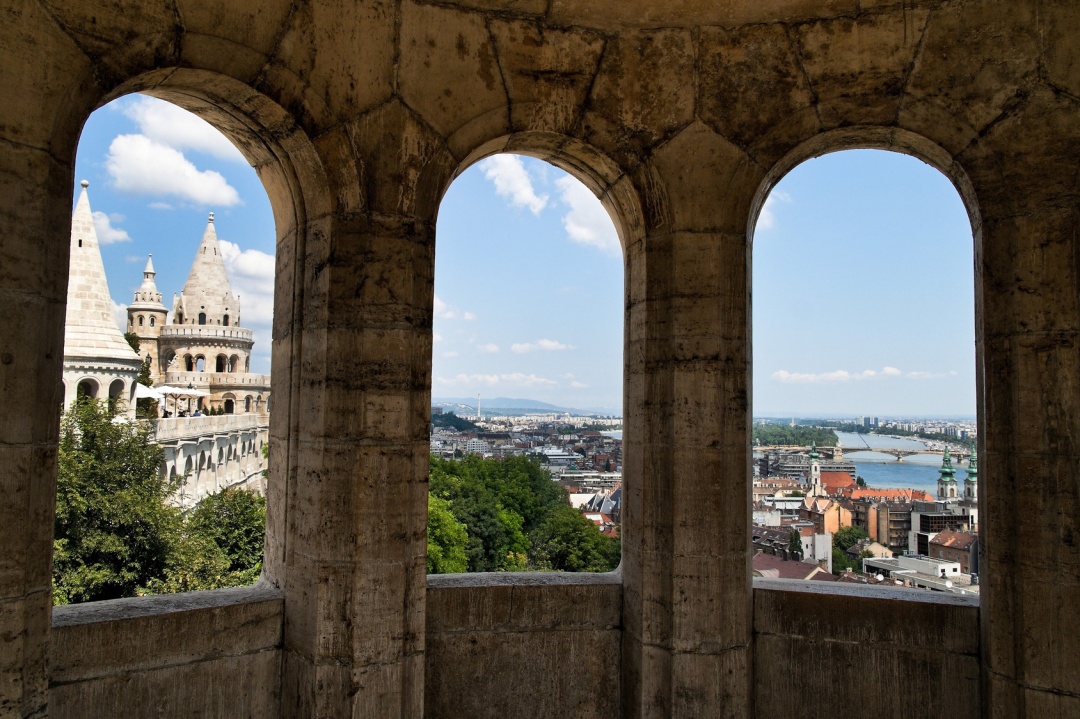
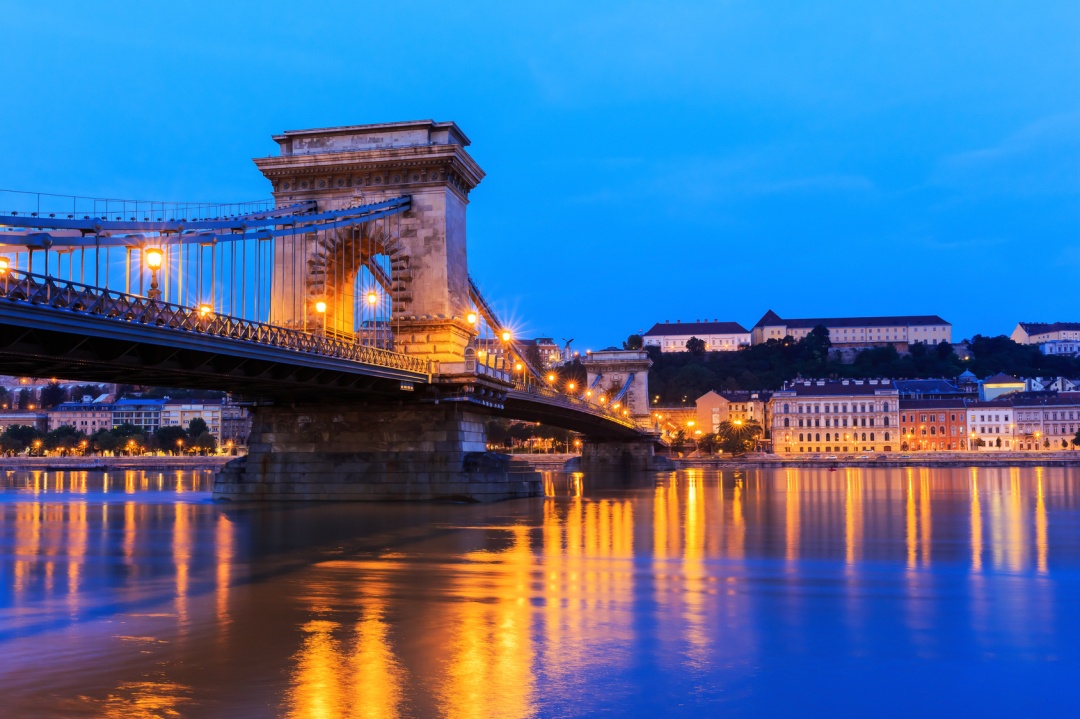
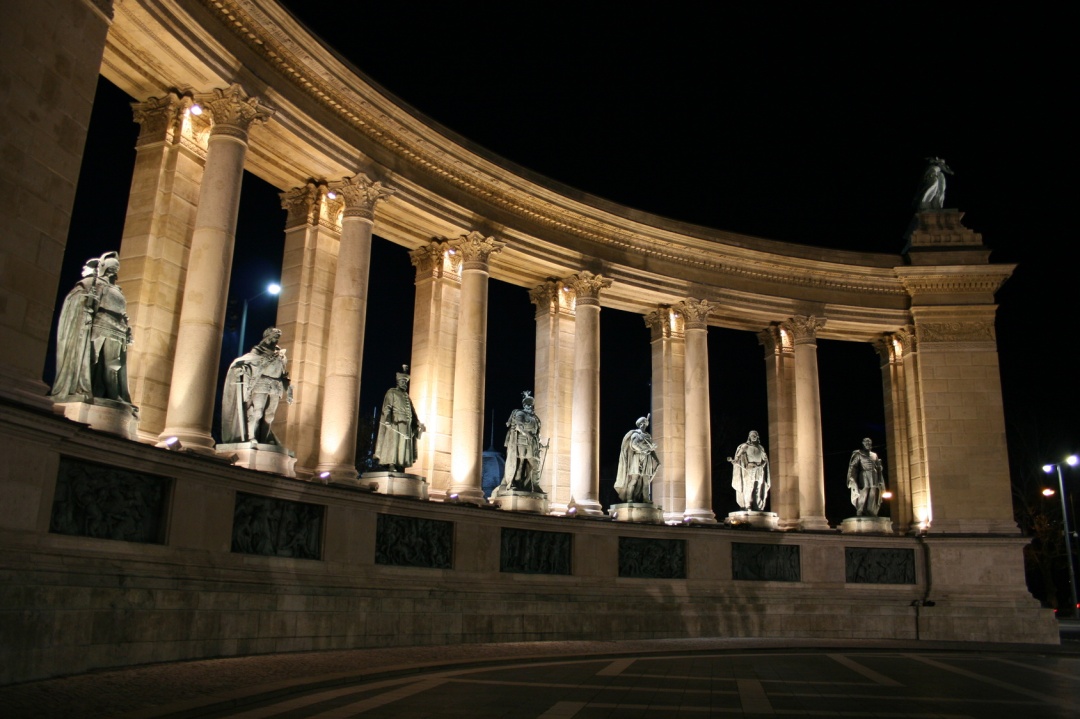
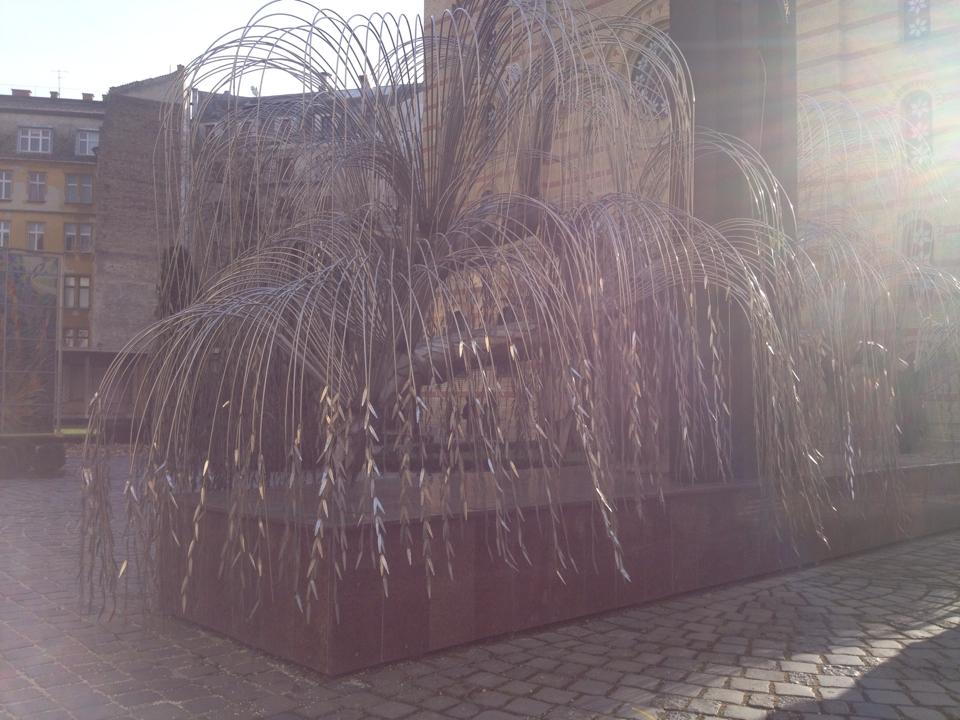

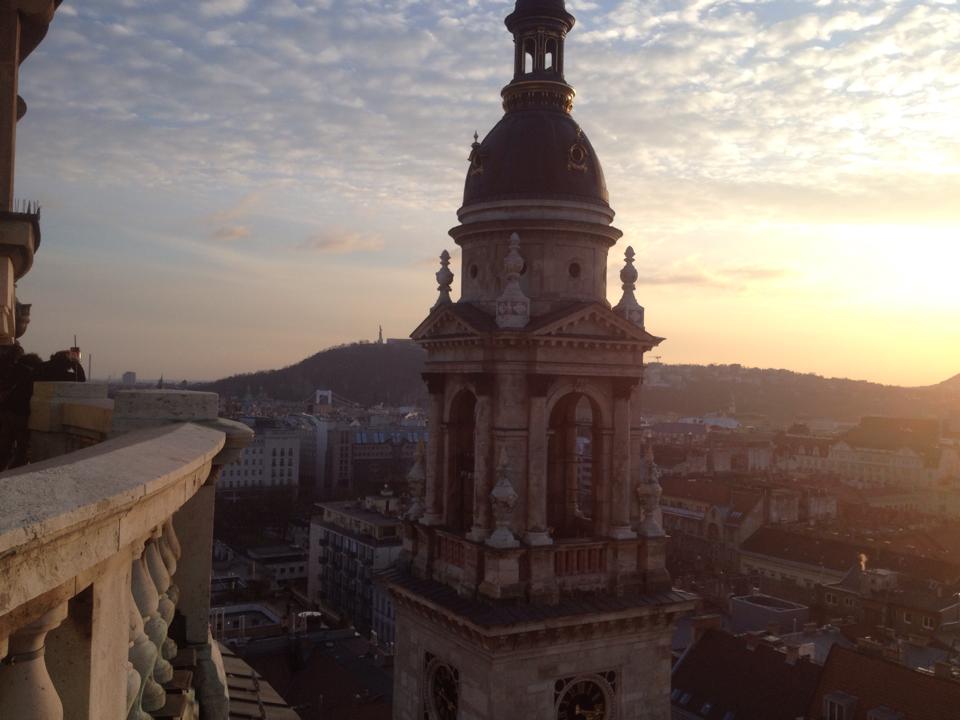



1 Comment
Becky
April 10, 2017 at 5:07 amI learnt so much just from reading this! I will have to get to the House of Terror and Szimpla!